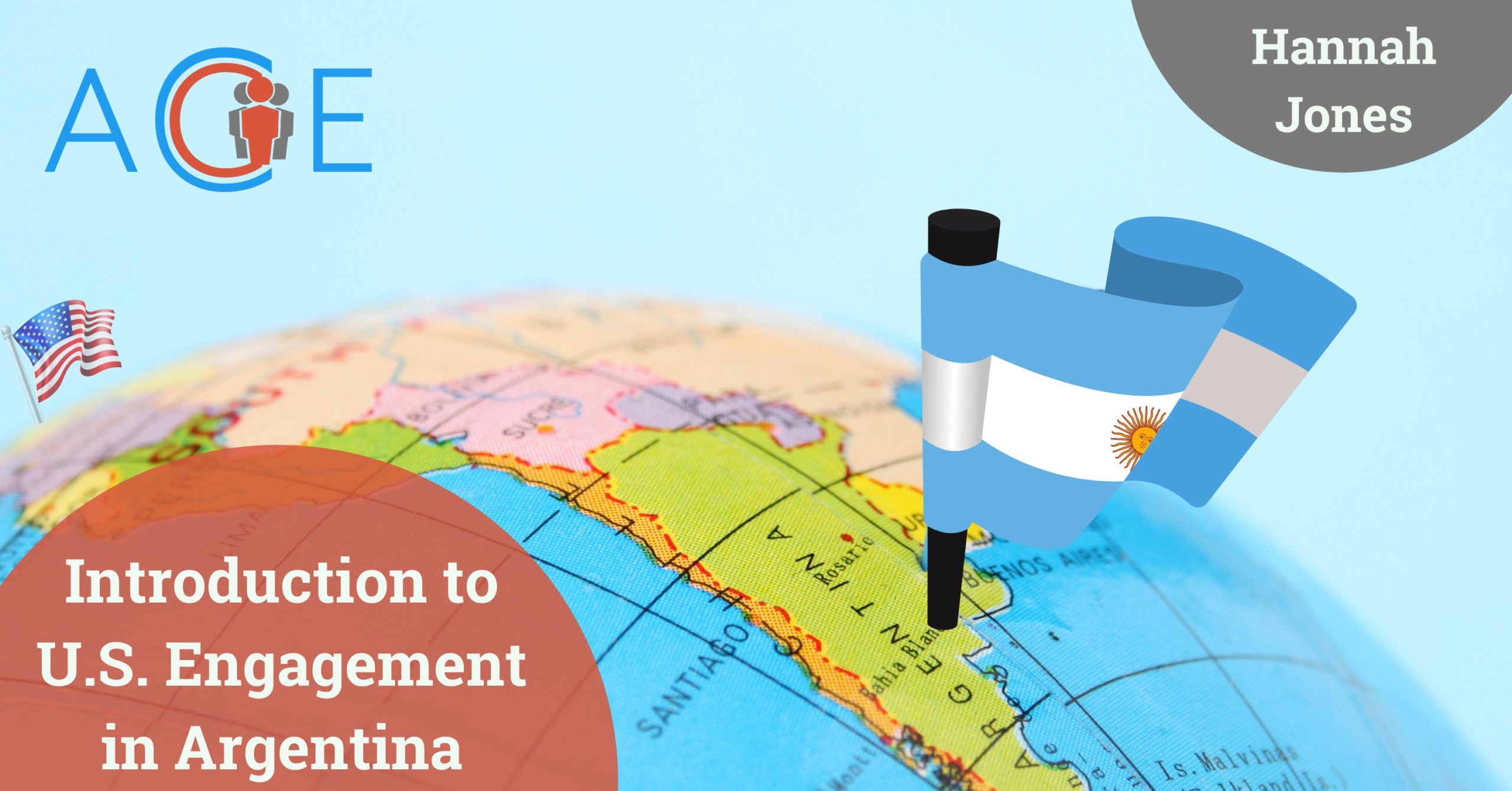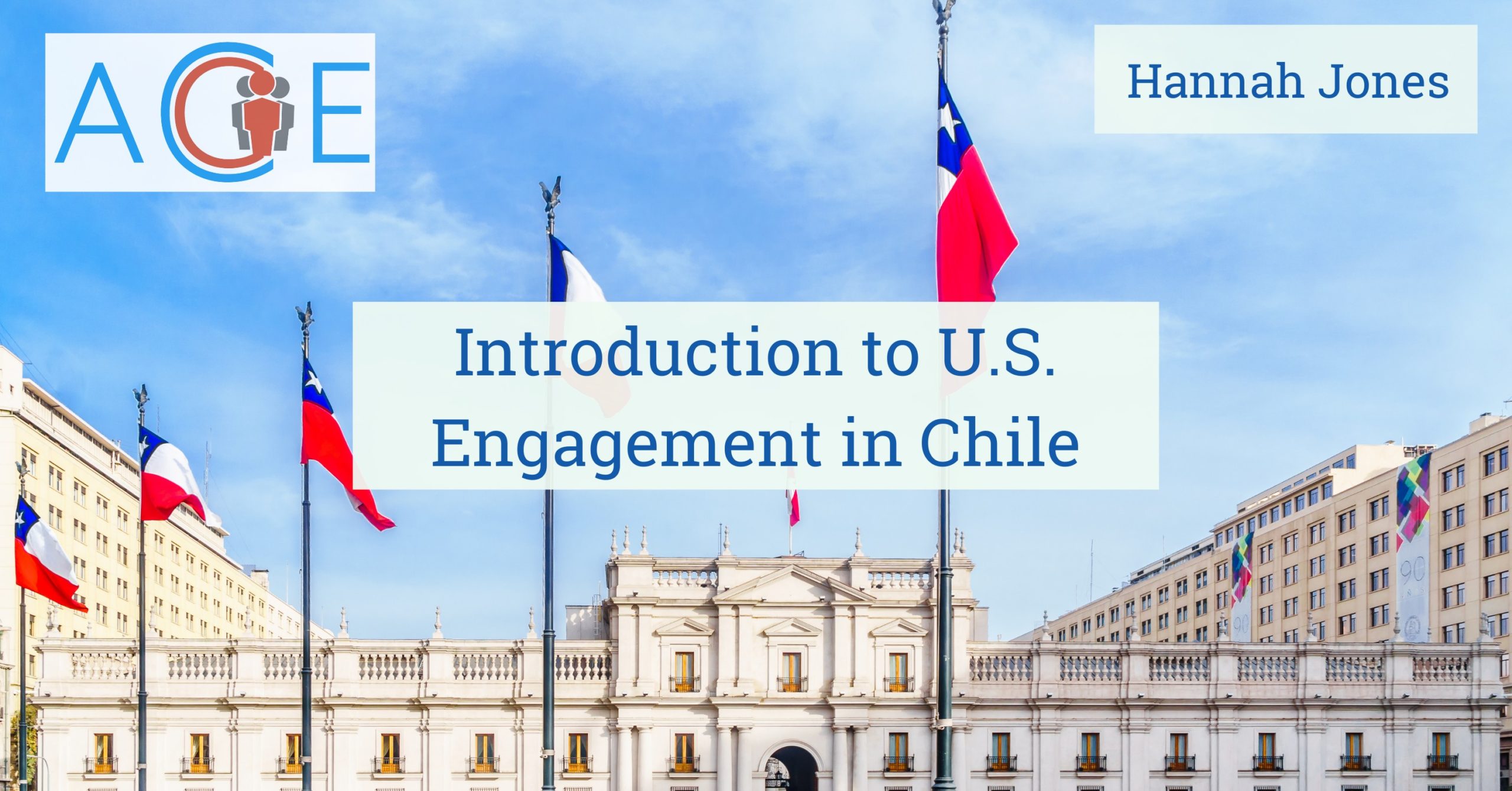The two northernmost countries of the Southern Cone, Uruguay and Paraguay, are linked through both their geographies and their histories. The United States works closely with each country, especially in its efforts to combat drug trafficking across the Americas, and the two are frequent collaborators in establishing and advancing environmental protections.
Republic of Paraguay
Fact Sheet:
- Population: 7.2 million
- Capital: Asunción
- System of Governance: Presidential Republic
- Chief of State and Head of Government: President Mario Abdo Benítez
- Majority Languages: Spanish (61.5%) and Guaraní (80.3%)
- Majority Religions: Christianity (Roman Catholic, 89.6%; Protestant, 6.2%)
- GDP Per Capita: $12,685
History of U.S.-Paraguay Relations
The United States recognized Paraguay’s independence from Spain in 1852. In the years following the formation of this relationship, Paraguay experienced a series of coups, civil wars, and dictatorships. During the mid 19th-century, the country was also engaged in a series of border conflicts with its neighbours, in which the US military often attempted to intervene. These tensions culminated in the outbreak of the War of the Triple Alliance (1864-1870), a bloody interstate conflict between Paraguay and the alliance of Argentina, Uruguay, and Brazil, which resulted in the complete destruction of Paraguay and the death of half of its people. Following the devastation of the war, the Paraguayan government transitioned to a republic. However, the country remained divided by inter-party conflict throughout the early 20th century. General Alfredo Stroessner took control of the Paraguayan government by force in 1954, and ruled as dictator for several decades before being overthrown in 1989. During this period, relations between Paraguay and the United States collapsed entirely, a consequence of international backlash against the many human rights abuses committed by the general’s government.
Over the past two decades, Paraguay has slowly made the transition to democracy. The United States encouraged this change and has provided support to the new government. This new relationship has given the United States a new partner in the Southern Cone to cooperate with on international issues of migration, crime, corruption, and environmental conservation.
U.S. Strategic Interests in Paraguay
The United States is one of Paraguay’s largest sources of development aid and foreign direct investment. Of particular interest to the United States are issues of drug trafficking and money laundering, preservation of democratic norms within the country, and the conservation of Paraguay’s many natural resources.
- Combatting organized crime: The United States considers the presence of organized crime within the Americas to be a matter of national security and, as such, has worked extensively to address drug trafficking and money laundering in Paraguay from multiple angles. First, the US has identified a number of failings in the Paraguayan justice system which have prevented the conviction of those charged with offenses relating to drug trafficking and money laundering. In an effort to address these shortcomings, the US provides financial assistance to public and private institutions working with the justice system and has partnered with Paraguayan law enforcement in its regional counternarcotics operations.
- Government corruption and preserving democracy: Paraguay’s democracy is unstable due to widespread distrust in the country’s judicial system. Assistance provided to the country through USAID in an attempt to strengthen trust in government and rule of law has included technical assistance to the system’s institutions intended to increase their efficiency, financial and programmatic support granted to institutions of higher education in an effort to better popular legal representation, and aid in the development of public education programs in order to encourage legal literacy among the population.
- Environmental conservation: The US has and continues to support the government of Paraguay in its efforts to protect its existing natural resources and encourage future sustainable development. Actions taken to advance these ends by the United States include emphasizing the importance of cooperation between state apparatuses on the issue of the environment as part of USAID’s programs to encourage democratic reforms, and continuous evaluations of the environmental impact of USAIDs economic growth initiatives in Paraguay. The US has, in the past, conditioned debt relief and other lending on the grounds that the Paraguayan government uses these additional resources to take action on issues of conservation.
Oriental Republic of Uruguay
Fact Sheet
- Population: 3.4 million
- Capital: Montevideo
- System of Governance: Presidential Republic
- Chief of State and Head of Government: President Luis Alberto Lacalle Pou
- Majority Language: Spanish
- Majority Religions: Christianity (Roman Catholic, 47%), Nondenominational (23.2%), Atheist or Agnostic (17.2%)
- GDP Per Capita: $21,561
History of U.S.-Uruguay Relations
The United States formally established diplomatic relations with Uruguay in 1867. The country was internally fractured by civil war less than a decade after it declared independence in 1830, with followers of Uruguay’s first and second presidents fighting over control of the government and the country’s political future. Conflict between these two factions, the Colorados and the Blancos, eventually boiled over the country’s borders, generating a multinational conflict between the countries of the Southern Cone known as the War of the Triple Alliance. Although the Colorados ended the war in power, tensions between the factions persisted. In 1905, a civilian government backed by popular mandate was established. The early 20th century saw progress on a number of social and political issues, including women’s rights and equitable distribution of power within government. Following the Great Depression, however, the country was once again engulfed in political turmoil leading to conflict and the government’s right-ward, authoritarian shift. Economic instability led to a six decade-long period of alternating constitutional reform and military control. A civilian government returned to power in 1985.
Though the US never formally severed diplomatic ties with the country, relations were strained while Uruguay was under military control. For this reason, the US relationship with Uruguay is weaker than with neighboring countries like Argentina and Brazil. Once Uruguay returned to civilian-led democracy, the two countries began to strengthen their alliance.
U.S. Strategic Interests in Uruguay
A central focus of US-Uruguay relations is the United States’ support for Uruguay’s participation in and support for conflict resolution and peacekeeping efforts in Latin America and across the world. Uruguay has a strong reputation in both regional and international forums for acting as a reliable mediator and for consistently advocating peace, stability, and democracy. In an effort to support these endeavours, the United States provides assistance to the Uruguayan government and military and encourages Uruguay’s engagement in programs, particularly those of the United Nations, that work to these ends.
As with issues of political stability and peacekeeping, Uruguay takes an active role in international organizations’ efforts to combat international crime. The United States supports these efforts through direct assistance and has partnered with Uruguayan law enforcement agencies and officials to augment the international community’s capacity to undermine organized crime and trafficking organizations, particularly in Central America. The United States similarly provides assistance, in the form of training. to the institutions of the Uruguayan justice system in an effort to support the country’s commitment to reforming and improving the country’s criminal justice and correctional systems.



